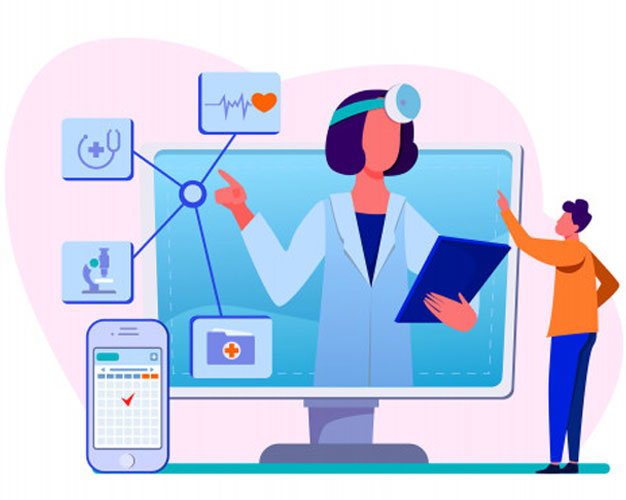

Author : Ashley Mehta
Can’t we just TeleEverything? I’ve got Netflix to Binge Watch!
While money cannot buy happiness, it can certainly buy time. This truism is the driving philosophy of successful companies like Netflix, Uber, Uber Eats, Grubhub, Peloton, Amazon, Instacart and HelloFresh. These companies have come to define the convenience economy with business models based on giving back time, today’s leading currency, to customers. As a busy entrepreneur, I certainly take advantage of many time-saving services like prescription deliveries and telehealth visits.
In fact, the time Americans waste while waiting to be seen by a doctor equates to $1.5 billion a year. Anyone who has ever checked out of a hospital knows that “you’ll be going home today” really means maybe by 4:00 pm. Yet, despite the downfalls of in-person appointments, telemedicine did not take off until the pandemic hit in 2020. The question is, why?
Why Did It Take A Pandemic For Telemedicine To Flourish?
I think the answer lies in the convergence of convenience, willingness to take risks to get it, and policy changes spurred by Covid-19. If a man paddleboarding across the Hudson River to make a meeting or jumping into an Uber (although our mothers told us never to get in a car with a stranger!) is any indication, consumers are ready to take risks for the sake of convenience.
Before the lockdown began last year, people were afraid it might be too risky to see a doctor online due to fear of receiving an inaccurate diagnosis. Because of the shutdowns, however, telehealth became the only way to get medical attention and was a safer alternative to in-person care.
To facilitate the expanded use of telehealth services for healthcare delivery, the government issued temporary regulatory changes. These changes, including adjusted payments for telehealth services, have allowed doctors to stay in business and continue treating the sick. These changes most likely will become permanent.
The Future of Telemedicine
In the 1964 illustrated sitcom, The Jetsons, Elroy Jetson complains that he is not feeling well and has to stay home from school. Rather than take him to the doctor, his mother Jane calls up the doctor on the videophone. Today this retro-futuristic vision of telehealth visits has become a reality.
The digital health industry has improved the patient-provider relationship through mobile apps, patient portals, wearable health sensor devices, and app-based symptom checkers. We will continue to see more AI-driven tools that bring the tactile senses to telehealth visits.
The most important change coming down the road is the transformation of the healthcare delivery model to a value-based one where providers, hospitals, and physicians receive payments based on patient health outcomes. New value-based programs stress a team-oriented, network approach to patient care management that involves coordinating care through the responsible sharing of patient data. Adopting healthcare technology like electronic health record systems creates an online system view that allows healthcare providers to readily track and measure patient outcomes. In value-based healthcare models, primary, acute care, and specialty care are united in a coordinated group approach, led by a patient’s primary physician, who directs the patient’s care team. Telehealth will be vital to ensuring that medical teams can conveniently work with patients without the inundation of time-consuming in-person visits.